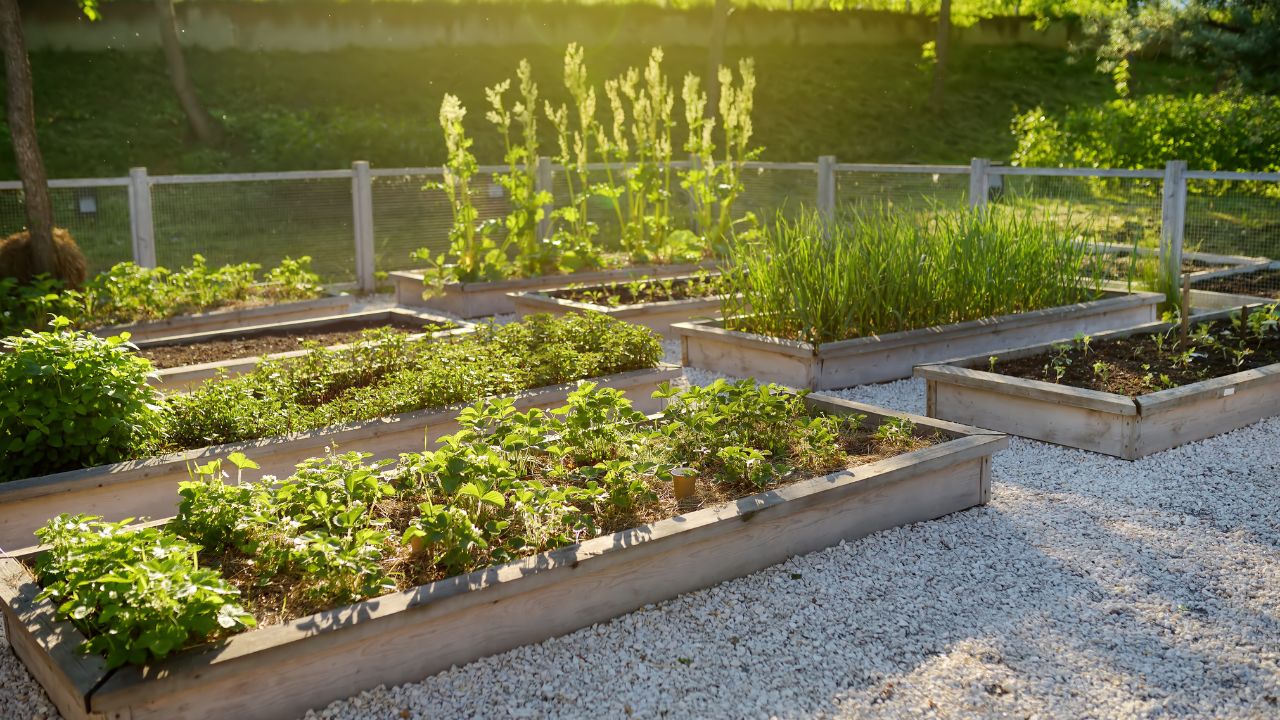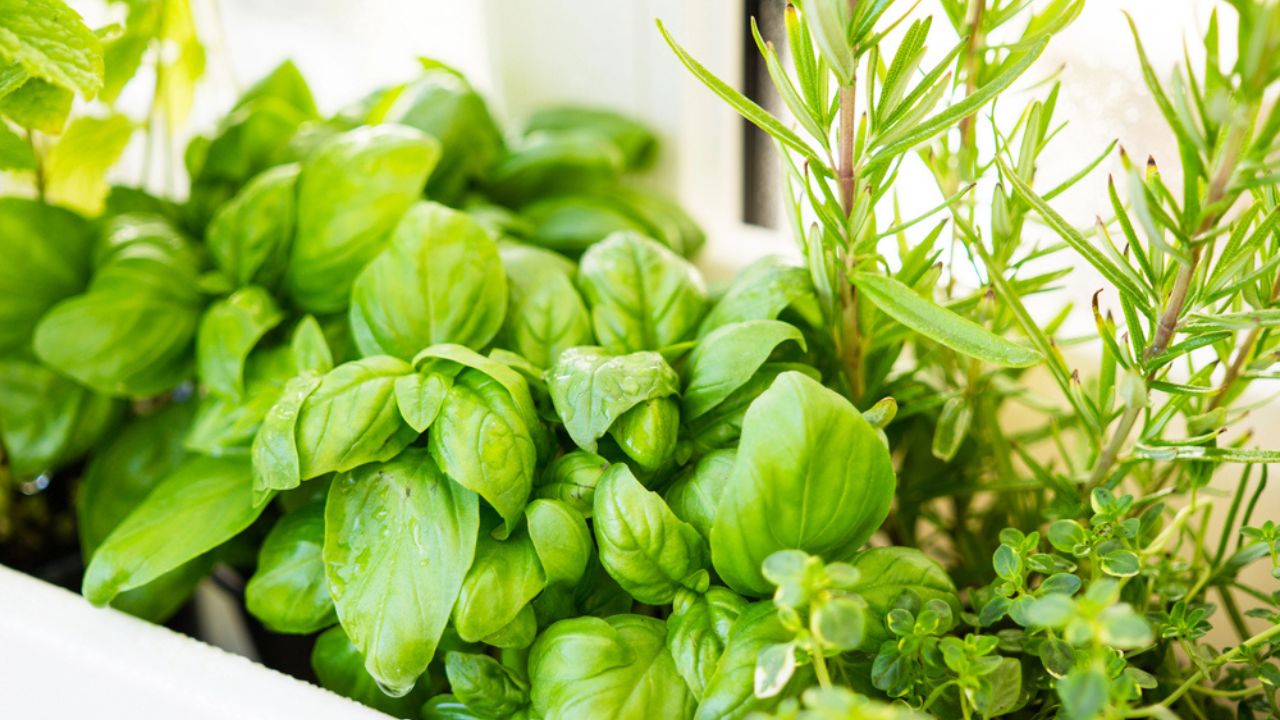Gardening has a rich storied history that showcases its importance far beyond pretty flowers and tasty tomatoes. One inspiring era for gardening in the U.S. was in the mid-1940s when Victory Garden came to fruition. Also known as war gardens, these plots of land became lifelines during World War II when people’s resilience was tested to the max.
These gardens served a purpose beyond people getting outside and enjoying nature. They provided much-needed resources to homes, US troops, and our allies at a time when resources were in high demand. A huge success in troubled times, Victory Gardens have been slowly making a comeback, and you can start one, too.
Meet the Experts

Image Credit: Shutterstock.
There is so much we can learn from the history of gardening during war times. We dug into a lot of the history of Victory Gardens, consulting authoritative sites like USDA.gov and the National Park Service. For ideas on creating one of your own, we spoke with experts, including:
- Tammy Sons, plant expert and CEO of TN Nursery
- Ken Tobby, food expert and Founder of Organic Solace
History of Victory Gardens

Image Credit: Shutterstock.
According to the National Park Service, Victory Gardens, often referred to as war gardens, gained footing during the World Wars. Ken Tobby, food expert and founder of Organic Solace, shares that during these years “administrations encouraged the people to tend home gardens to boost morale and supplement food portions.”
In fact, the US Department of Agriculture (USDA) launched the US Victory Garden Program in 1941, shortly after the attack on Pearl Harbor, the catalyst for the US joining WWII. The agency called on Americans to grow their own food and can the surplus. Their efforts helped feed US troops and allies by utilizing space in people’s yards and abandoned lots.
How They Helped During the Wars

Image Credit: Harris & Ewing Collection – Library of CongressCatalog – Public Domain/Wiki Commons.
Americans across the nation largely stepped up to the USDA’s call. The agency’s archived sheets show that by 1943, they had created 20 million gardens, covering 20 million acres of land. That led to an impressive net production of between 8 and 10 million tons of food.
Additionally, the USDA noted that 40% of the US vegetable supply in 1944, which included tomatoes, onions, string beans, carrots, beets, and radishes, was a result of these war gardens.
Victory Gardens Reemerge

Image Credit: Shutterstock.
For years, now, there have been rumblings that Victory Gardens were making a return. During the pandemic, for example, a survey from Scott’s Miracle-Gro revealed that 55% of Americans turned to gardening. It seems that the trend has continued.
Tammy Sons, plant expert and CEO of TN Nursery, says “it brings [her] joy to see that Victory Gardens are returning to popularity.” Where they were once used to boost food supply, she notes, “People now rely on these gardens to achieve self-sufficiency and health benefits while strengthening their bond with nature.” Tobby, agrees, saying the “difficult economic times” have prompted a renaissance as people are “look[ing] to these gardens to improve food security and save money.”
Want to Start One?

Image Credit: Deposit Photos.
It takes a bit of effort, but if you’re looking to start your own Victory Garden, there’s no time like the present. With the ground thawing and soil ready for priming, planting season is upon us.
Getting started will look different for everyone, depending on the resources available. Yet, lack of land is no reason to feel discouraged. There is plenty of untapped potential in an unused corner of the yard, a porch, or even a windowsill.
Sons says to take advantage of vertical space with raised beds. Pots are also a great idea since you can grow produce in them, too. Once you have a setup in mind, it’s time to get planning.
Start Off Slow

Image Credit: Deposit Photos.
“Start small,” Tobby cautions. Use “a manageable area or container so that you’re not overwhelmed.” If you’ve never gardened before, you don’t want to plant 20 different plants. It’s akin to booking a concert tour after one successful karaoke outing—you’re setting yourself up for failure.
By starting off slow, Tobby notes you’ll “gain the necessary experience” and eventually you can grow the garden to your ideal size. Trying to do too much can certainly backfire and lead to gardening burnout before you even get to enjoy all it has to offer.
Mind Your Setting

Image Credit: Shutterstock.
One of the first rules of gardening is to choose plants that will thrive in your region. It helps with the growing process. That’s not to say you can’t choose plants that don’t typically grow in your area, but you’ll likely have to work harder to grow them.
Tobby recommends choosing vegetables, fruits, or herbs that can grow in “your local soil and climate conditions.” The Old Farmer’s Almanac offers easy-to-use resources for planning your garden based on your specific growing zone.
Use Easy-to-Grow Plants

Image Credit: Deposit Photos
Once you know what grows best in your zone, the next step is choosing the right options. If you have no experience, Tobby advises choosing plants “that are easy to tend and [are] commonly utilized in your diet.” His list includes leafy greens, specifically lettuce and spinach, along with herbs like basil and parsley.
Sons offers some suggestions, too. In addition to also suggesting leafy greens, she adds tomatoes and beans to the list “because they are simple to cultivate.” That’s not to say you can’t add more as you go. But by working with easy-to-grow plants, you’re more likely to experience success and want to continue for years to come.
Take Advantage of Available Resources

Image Credit: Deposit Photos.
No matter what hobby you take up, it’s always a good idea to seek out helpful resources that can boost your knowledge. Tobby suggests looking up local gardening clubs, which can be a wealth of information, especially for beginners.
Don’t be afraid to use the internet, either. That’s what it’s there for! Tobby recommends finding online forums where you can initially seek advice and later, as you grow, help others the same way. There may even be low-cost or free seed resources in your city to take advantage of.
Implement Sustainable Practices

Image Credit: Shutterstock.
Tobby believes being sustainable with your Victory Garden is a must. He suggests “consider[ing] implementing practices such as composting to improve your soil and using rainwater for water conservation.” Once again, tapping into the right resources can help put these ideas within reach.
Both of these efforts, which are relatively simple to do, “will help to establish a more productive and sustainable garden.”
What are the Benefits of a Modern Day Victory Garden?

Image Credit: Deposit Photos.
There is something so deeply satisfying about seeing plants thrive. It’s a measurable result that makes all the time and effort feel worth it. Yet, there are many other benefits to a Victory Garden too. Tobby says it not only helps save money on food, but you reap “the many benefits of locally-grown produce.”
Michigan State University’s Community Food System shares that the primary benefits of local produce include food that’s full of flavor, loaded with more nutrients, safer, and you know exactly where it came from. That’s a big win in our book!
Now That You Know…

Image Credit: Shutterstock.
It’s amazing what history can teach us, isn’t it? Now that you’ve learned about Victory Gardens and how they’re reemerging, it’s time to start plotting out your very own. Whether you’re a beginner or a seasoned pro, you can easily start planting and harvesting your own crops, helping to sustain not only your own home but your community, too.

